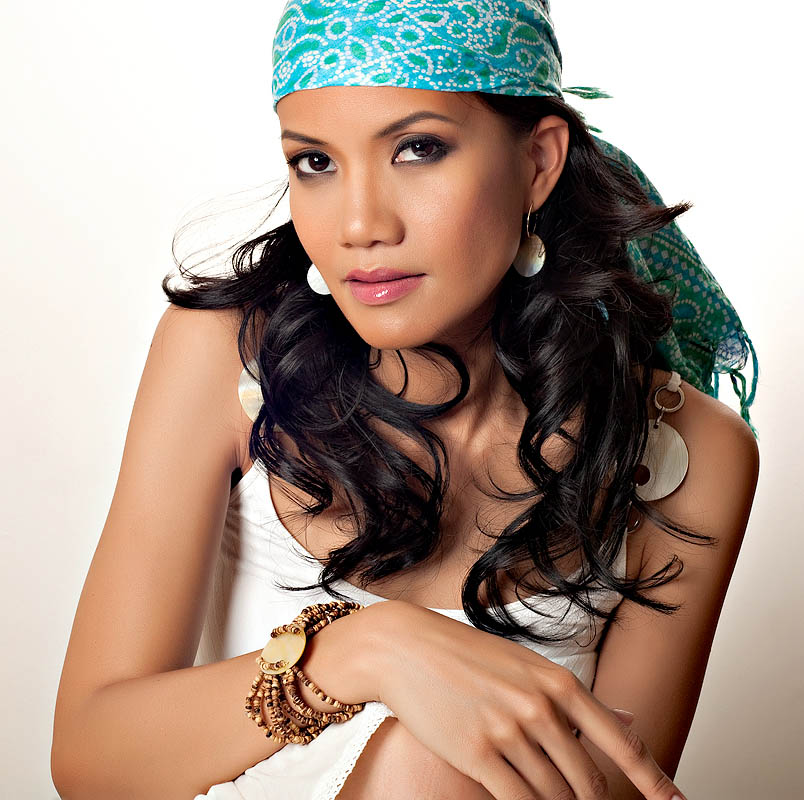The origins of jazz have traditionally been rooted in black culture, particularly in the U.S. South, with the likes of John Coltrane, Charlie Parker and Ella Fitzgerald leading the musical revolution. However, with the influx of different Asian cultures in the United States, other nationalities are lending their backgrounds to the traditionally American art form.
The first annual Asian American Jazz Festival, taking place from today to Sunday at the Japanese American National Museum and Cafe Metropol in Los Angeles, will showcase Asian American jazz musicians and their novel ways of performing.
Asian American jazz is not so different from American jazz compositionally. What makes it different is the background of the individual artist.
“I don’t know if it differs on a surface level,” said Bryan Wong, pianist and composer. “A lot of beginning musicians or people who are up-and-coming at this festival have … their own approaches to music, and it can be a little nonstandard, bringing in many different influences, so everybody sounds a little different. … As far as programmatics or the thematics behind it, the music might have an influence that represents the experiences Asian Americans go through. I think it’s more the idea of the music than the music itself.”
The types of cultural ideas the artists incorporate are often not a direct result of choice but an aftereffect of heritage.
“I do believe that there are a lot of subconscious influences as well as conscious ones that … bring direct music elements as well. Pieces I’ll be doing are actual arrangements of traditional Japanese songs, but I definitely think that everyone’s music has some subconscious influence from all backgrounds (including American), which may include heritage,” saxophonist Hitomi Oba said.
Sometimes, the influences are so subtle that the artist isn’t even aware of effects until a listener points them out.
“I make subconscious decisions that other people respond to and say, “˜That was really like Japanese court music; I really heard the mouth organ influence.’ I guess there’s a lot of subconscious influences in my music that I don’t really necessarily think about beforehand,” Oba said.
Likewise, Wong’s Chinese background has offered him sets of beliefs which he incorporates into his compositions.
“For this performance there is a song I wrote about the first time I ever went to China with my family and seeing where my family, my ancestry and my culture come from,” Wong said. “In China’s culture, there’s a very large emphasis on respect for family. It’s very much embedded into the way I’ve been brought up ““ one of the songs I’m writing is kind of a song wishing good health on people of the older generation.”
The Asian American Jazz Festival, though not the first of its kind, is certainly one of the few, even though Asian American jazz musicians are not all that uncommon.
“It’s just a good way to celebrate and bring awareness to the fact that there are a lot of Asian American jazz musicians doing really creative things and pushing the envelope, especially for younger jazz musicians. I know when I was growing up, I knew maybe two Asian American jazz musicians,” Oba said. “When you’re a teenager being a jazz musician, you think, “˜What kind of persona am I taking on? Am I supposed to be like my peers, who are these guys who are either African American or Caucasian?’ … I think it would have helped if there had been a lot of people around me and it was kind of a more matter-of-fact thing.”
For Filipina artist Charmaine Clamor, who’s had success with her jazz and Filipino fusion known as “jazzipino,” the festival is an opportunity to celebrate how far Asian American artists have come in the jazz world as well as look forward to where it will go from here.
“Jazz for me has always been the music of the immigrants. Now with the Asian American jazz, Japanese, Filipinos and all Asian Americans are adding their own spice to the melting pot of jazz, like the Irish did or the Caribbeans did. Now we get to see what the contributions of Asian Americans are to this unique American art form,” Clamor said. “We hope that our influences, too, will be embraced and will evolve into something else, whatever that is in the future.”
